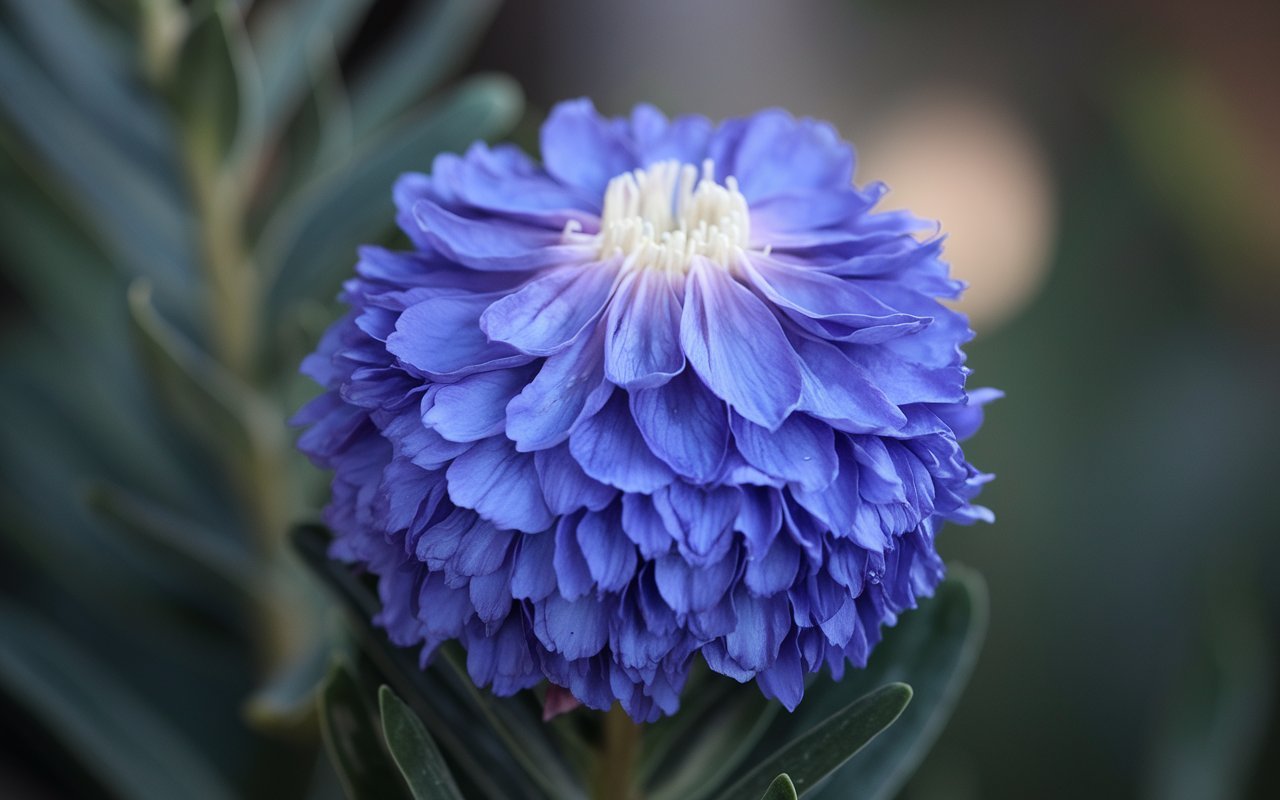The Azulillio flower, also known as the blue-eyed grass, is one of nature’s most captivating and beautiful plants. Though it’s called “grass,” the Azulillio flower is a member of the iris family. Its delicate blue and purple blossoms, which can sometimes appear in shades of violet or lavender, make it a striking sight in gardens, meadows, and wild landscapes. The name Azulillio comes from the Spanish word for “little blue,” reflecting the flower’s charming hue and small size. This article will dive deep into the origins, characteristics, uses, symbolism, and importance of the Azulillio flower.
Origins and Habitat of the Azulillio Flower
The Azulillio flower is native to North and South America and flourishes in various environments. From coastal meadows to mountain fields, the plant is widely adaptable, thriving in full sunlight and well-drained soil. Its native range includes regions such as California, Oregon, and Washington. Still, it can also be found in countries like Chile and Argentina, where it brightens up the high-altitude grasslands with its eye-catching blooms.
This hardy plant grows in clusters, typically reaching 6 to 12 inches. The Azulillio flower prefers moist soil conditions but is known to survive in drier climates once established. Its resilience and adaptability make it a popular choice for gardeners looking to add a splash of color to their landscapes with minimal effort.
Physical Characteristics of the Azulillio Flower
The beauty of the Azulillio flower lies in its delicate, star-shaped petals that resemble miniature irises. Each bloom has six pointed petals that radiate from a yellow or white center. The flower’s size is small, typically around an inch in diameter, but its vibrant color and intricate structure make it stand out.
The plant’s foliage consists of thin, grass-like leaves, nicknamed “blue-eyed grass.” These leaves are often overlooked due to the striking color of the flower, but they play a crucial role in supporting the bloom and helping the plant gather sunlight.
Another remarkable feature of the Azulillio flower is its blooming season. Depending on the climate, these flowers typically bloom from spring through early summer, providing a beautiful burst of color for several weeks. The blossoms open in the morning and close in the afternoon, a unique trait that adds to their charisma and charm.
Uses of the Azulillio Flower in Gardening and Landscaping
Thanks to its low maintenance and aesthetic appeal, the Azulillio flower has become a popular choice for gardeners and landscapers alike. It can be used in various garden designs, from formal flower beds to wildflower meadows. When planted in large clusters, the Azulillio creates a carpet of blue that mimics the natural beauty of the sky or sea.
In addition to its visual appeal, the Azulillio flower is also beneficial for wildlife. Bees, butterflies, and other pollinators are attracted to its nectar, making it an excellent addition to gardens designed to support biodiversity. Moreover, the plant is deer-resistant, making it an ideal choice for gardeners living in areas where deer tend to munch on foliage.
Gardeners also appreciate the Azulillio flower for its versatility. It can be used as a border plant along pathways or in rock gardens, where its delicate flowers contrast rough stones. Some people plant it in containers, allowing them to enjoy the flower’s beauty on patios or balconies.
Symbolism and Cultural Importance of the Azulillio Flower
Throughout history, the Azulillio flower has symbolized beauty, humility, and simplicity. Its understated elegance and vivid color have made it a favorite art, literature, and folklore motif. In some cultures, the flower is believed to represent purity and innocence, while in others, it symbolizes a connection to nature and the divine.
In regions like Chile and Argentina, where the Azulillio flower is native, it holds special significance. The flower is often used in traditional festivals and celebrations, where it is woven into wreaths or offered as a gift to loved ones. Its association with the wild, untouched landscapes of the Andes Mountains adds to its cultural mystique, symbolizing the beauty of nature in its purest form.
Medicinal and Practical Uses of the Azulillio Flower
While the Azulillio flower is primarily appreciated for its aesthetic value, some indigenous cultures have also used parts of the plant for medicinal purposes. The roots and leaves were traditionally used in herbal remedies to treat ailments such as headaches, fevers, and respiratory issues. Though not widely recognized in modern medicine, these historical uses highlight the flower’s role in ancient healing practices.
In addition to its medicinal applications, the Azulillio flower has some practical uses. Its resilient nature makes it a good candidate for erosion control in areas with loose soil. By planting Azulillio flowers along hillsides or riverbanks, landscapers can help prevent soil erosion while enhancing the landscape’s visual appeal.
Conclusion
The Azulillio flower is more than just a pretty bloom; it is a resilient, adaptable, and symbolically rich plant that adds beauty to any landscape. Whether you’re looking to create a wildflower meadow in a formal garden or simply want to bring a touch of nature to your backyard, the Azulillio flower is an excellent choice. Its delicate petals and vibrant colors make it a joy to behold, while its low-maintenance nature ensures it will thrive with minimal effort. Embrace the beauty and symbolism of the flower and bring a little piece of nature’s elegance into your life.
